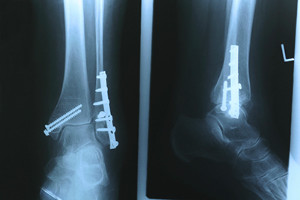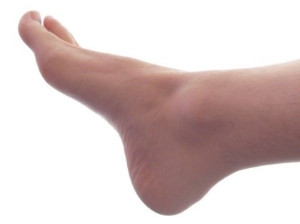 Sophomore Rawle Alkins of the University of Arizona Wildcats is expected to miss 8 to 12 weeks due to surgery on a recent fracture in his right foot. Alkins sustained the injury during voluntary activities with teammates. The surgery was reported to be a success, and Alkins is now recovering. Alkins was the third leading scorer on the Wildcats one season ago, and his absence will be missed.
Sophomore Rawle Alkins of the University of Arizona Wildcats is expected to miss 8 to 12 weeks due to surgery on a recent fracture in his right foot. Alkins sustained the injury during voluntary activities with teammates. The surgery was reported to be a success, and Alkins is now recovering. Alkins was the third leading scorer on the Wildcats one season ago, and his absence will be missed.
Foot surgery is sometimes necessary to treat a foot ailment. To learn more, contact one of our podiatrists of Westside Podiatry Center, LLP. Our doctors will assist you with all of your foot and ankle needs.
When Is Surgery Necessary?
Foot and ankle surgery is generally reserved for cases in which less invasive, conservative procedures have failed to alleviate the problem. Some of the cases in which surgery may be necessary include:
- Removing foot deformities like bunions and bone spurs
- Severe arthritis that has caused bone issues
- Cosmetic reconstruction
What Types of Surgery Are There?
The type of surgery you receive will depend on the nature of the problem you have. Some of the possible surgeries include:
- Bunionectomy for painful bunions
- Surgical fusion for realignment of bones
- Neuropathy decompression surgery to treat nerve damage
Benefits of Surgery
Although surgery is usually a last resort, it can provide more complete pain relief compared to non-surgical methods and may allow you to finally resume full activity.
Surgical techniques have also become increasingly sophisticated. Techniques like endoscopic surgery allow for smaller incisions and faster recovery times.
If you have any questions please feel free to contact one of our offices located in Liverpool, Camillus, Skaneateles, Oswego, and Cicero, NY . We offer the newest diagnostic and treatment technologies for all your foot and ankle needs.




